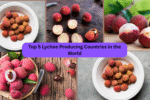Flowering trees are one of the most enchanting additions you can make to your landscape. Their vibrant blossoms not only add bursts of color and visual interest but also attract pollinators, provide shade, and enhance your outdoor space’s overall ambiance. Whether you want to create a stunning focal point, add seasonal beauty, or boost your garden’s curb appeal, flowering trees are a versatile choice for any landscape.
If you’re considering adding flowering trees to your yard but aren’t sure where to start, this guide offers 10 essential tips to add flowering trees to your landscape with care and style. Follow these tips to ensure your flowering trees thrive and bring joy for years to come.

1. Choose the Right Flowering Tree for Your Climate and Soil
One of the most important steps when adding flowering trees is selecting species suited to your local climate and soil conditions. Different trees thrive in different USDA hardiness zones and soil types.
- Research trees that are native or well-adapted to your region for better growth and fewer maintenance issues.
- Consider soil pH and drainage — some trees prefer acidic soils (like dogwoods), while others thrive in neutral to alkaline soil.
- Check for drought tolerance if you live in a dry area or need low-water landscaping.
- Popular options include Eastern Redbud, Magnolia, Cherry Blossom, Crabapple, and Flowering Dogwood.
Choosing the right tree ensures a strong start and reduces stress from environmental mismatch.
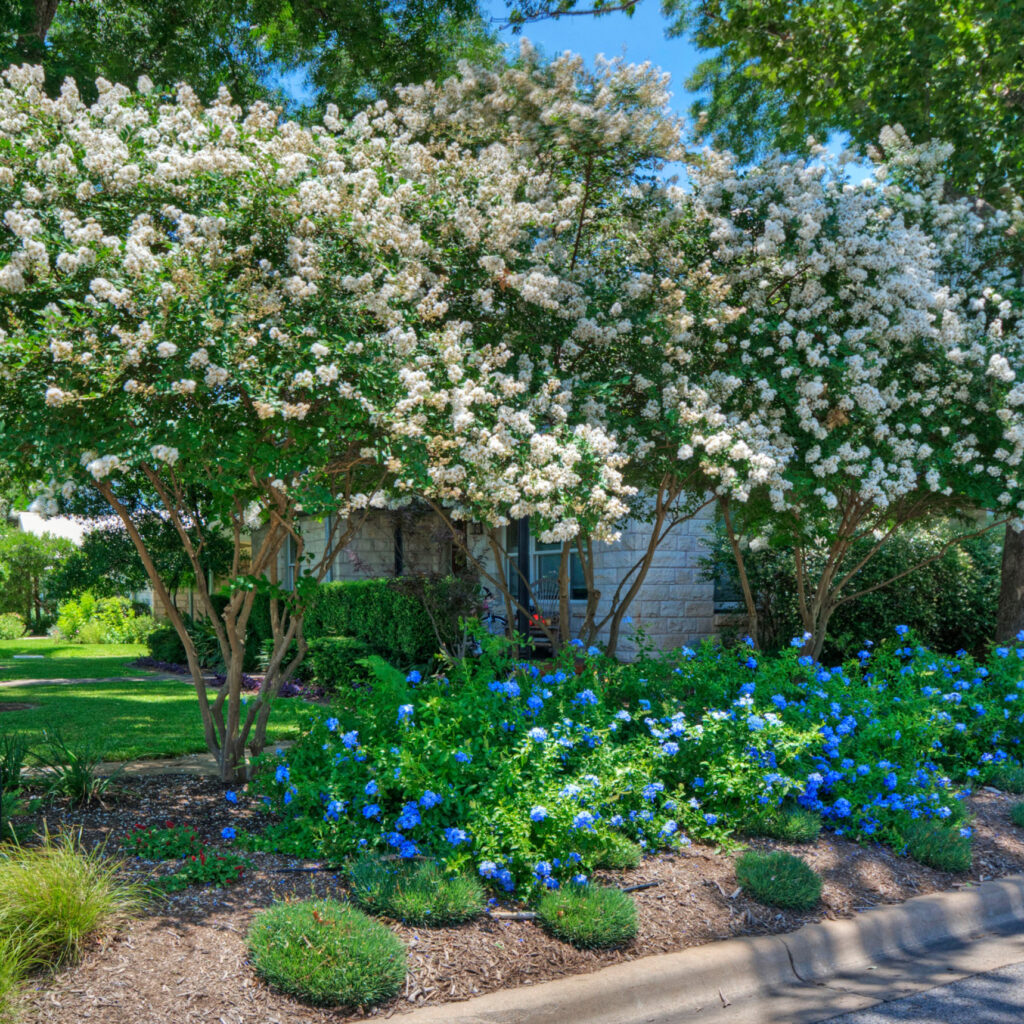
2. Consider the Tree’s Mature Size and Growth Habit
Before planting, understand how large the tree will grow and its shape. This affects where you plant it and how it fits into your landscape.
- Check the mature height and spread to avoid overcrowding or interference with buildings, power lines, or pathways.
- For smaller yards, choose dwarf or compact varieties like the Dwarf Flowering Cherry or Saucer Magnolia.
- Trees with an upright growth habit (like the Tulip Tree) work well as vertical accents, while spreading trees (like Crabapple) can provide shade.
Planning around mature size prevents future pruning headaches and maintains landscape harmony.
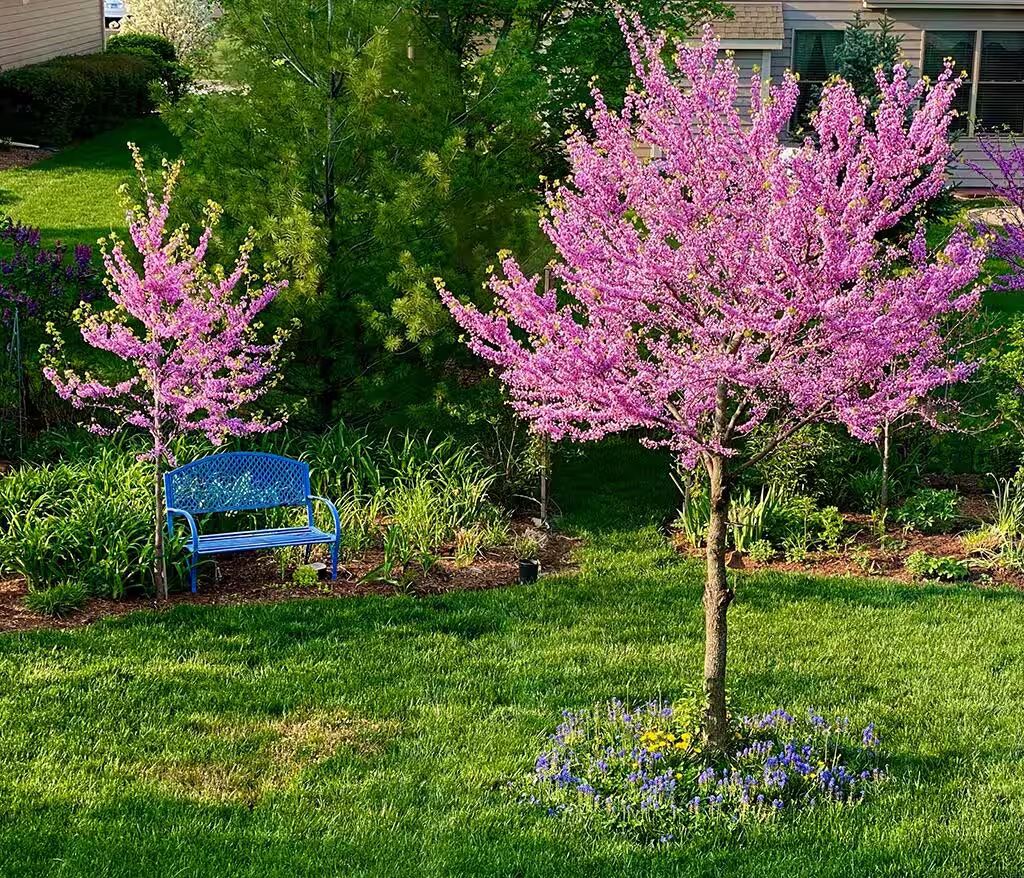
3. Pick Trees That Bloom at Different Times for Extended Color
To enjoy continuous bursts of floral color throughout the growing season, select a mix of flowering trees with staggered bloom times.
- Early spring bloomers like Redbud and Magnolia create a show after winter.
- Late spring to early summer trees such as Dogwood and Crabapple add mid-season charm.
- Summer bloomers like Crape Myrtle bring color into the hottest months.
- Consider trees with attractive fall foliage or berries for added seasonal interest.
This strategy creates year-round beauty and keeps your garden dynamic and lively.

4. Choose Trees That Complement Your Landscape Style
Your flowering trees should enhance your overall landscape design theme, whether it’s formal, cottage, tropical, or modern.
- For a classic look, opt for magnolias, cherry blossoms, or dogwoods.
- For a natural or woodland garden, native trees like serviceberry or redbud fit well.
- In tropical or subtropical settings, trees like the flowering tabebuia or jacaranda provide exotic color.
- For modern landscapes, trees with clean lines and structural blooms such as crape myrtles or ornamental pears work beautifully.
Matching trees to your style creates a cohesive and elegant outdoor space.
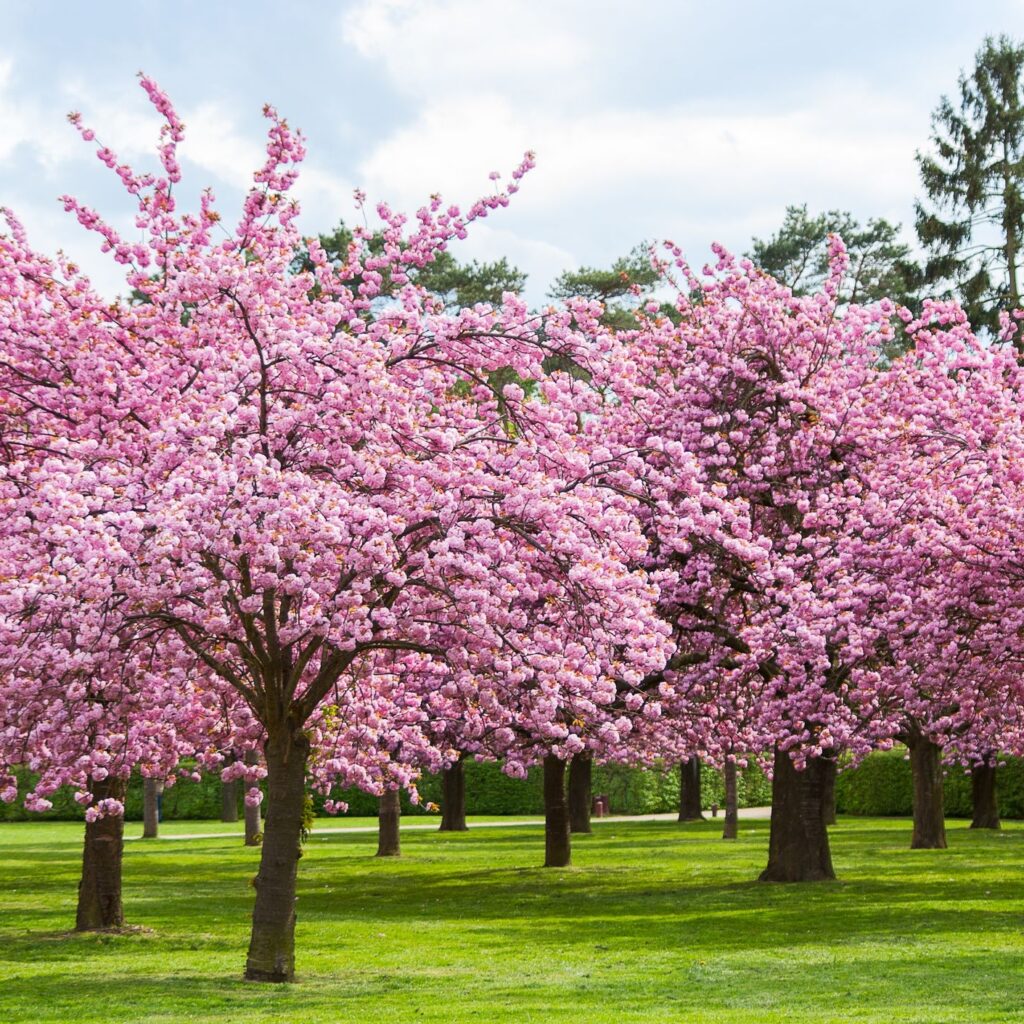
5. Plant Flowering Trees in Groups or as Specimen Trees
Decide whether you want your flowering trees to create a natural grove or stand out as a single specimen.
- Grouping trees can create impactful floral drifts and enhance habitat for birds and pollinators.
- Specimen trees act as focal points or landmarks within your garden.
- Use flowering trees to frame patios, driveways, or entryways.
- Group trees with complementary bloom colors for stunning visual effects.
Both approaches can be beautiful; consider your yard’s size and design goals.
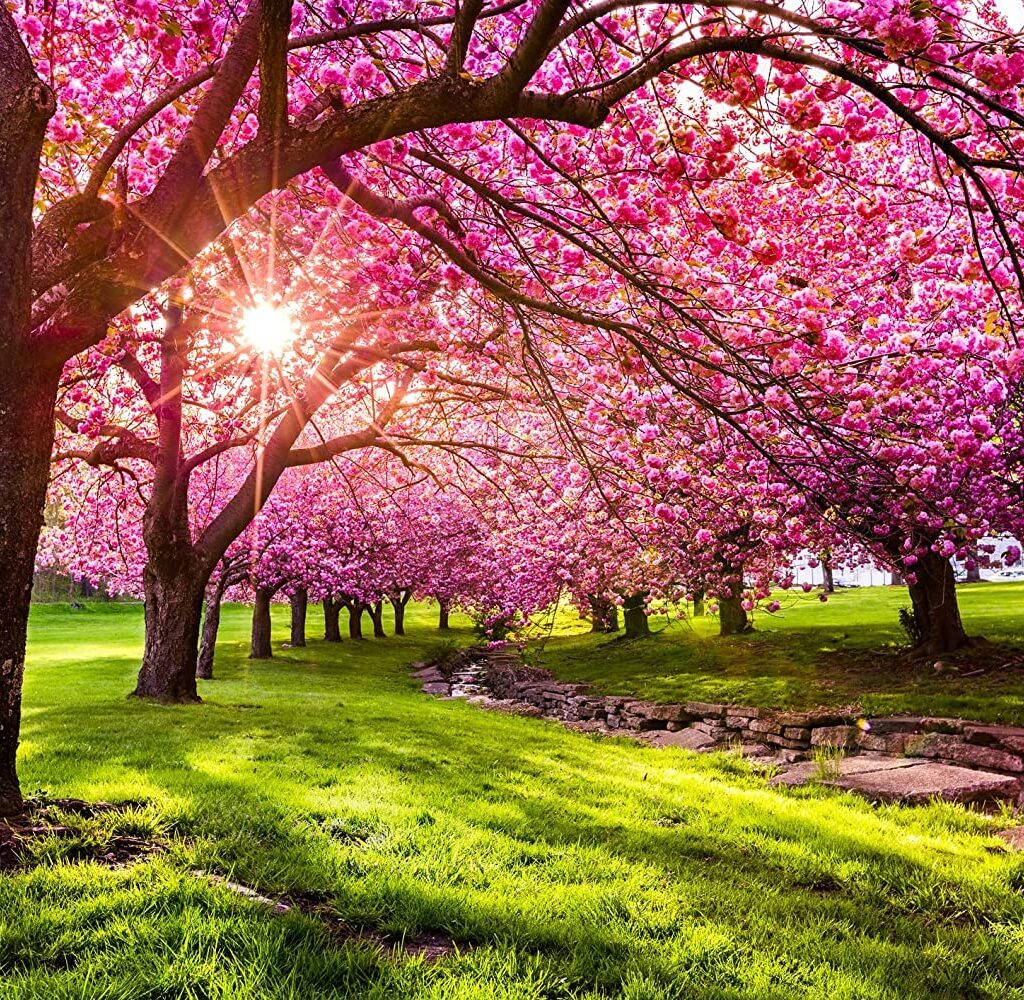
6. Prepare the Planting Site Properly for Healthy Growth
Flowering trees need well-prepared soil and space to develop strong roots and lush blooms.
- Dig a planting hole twice as wide but not deeper than the root ball.
- Improve soil with organic matter like compost to boost fertility and drainage.
- Avoid planting too deep; the root flare (where roots spread from the trunk) should be visible above soil.
- Mulch around the base to conserve moisture and regulate soil temperature, but keep mulch a few inches away from the trunk to prevent rot.
Proper planting sets the foundation for vigorous, long-lived trees.
7. Water Young Trees Deeply and Consistently
Establishing roots requires steady moisture, especially in the first two years after planting.
- Water deeply once or twice a week, depending on rainfall and soil type.
- Avoid shallow watering, which encourages weak, surface roots.
- Use soaker hoses or drip irrigation for slow, thorough watering.
- Once established, many flowering trees tolerate drought but will bloom better with occasional supplemental watering.
Consistent moisture helps trees develop strong roots and abundant flowers.
8. Fertilize Appropriately to Promote Flowering and Growth
Healthy, nutrient-rich soil is vital for vibrant flowers and strong growth.
- Use a slow-release, balanced fertilizer formulated for trees in early spring before new growth starts.
- Avoid high-nitrogen fertilizers that promote leaf growth over flowers.
- You can also apply organic amendments like compost or well-rotted manure.
- Follow package instructions and avoid over-fertilizing, which can stress the tree.
Balanced nutrition supports beautiful blooms and resilient foliage.
9. Prune Flowering Trees Properly to Encourage Blooming
Correct pruning keeps trees healthy, well-shaped, and blooming abundantly.
- Prune after flowering for spring-blooming trees to avoid cutting off next year’s buds.
- Remove dead, diseased, or crossing branches to improve air circulation.
- Thin out crowded branches to allow sunlight penetration, which boosts flowering.
- Avoid heavy pruning, which can stress the tree and reduce blooms.
Regular, thoughtful pruning helps maintain tree beauty and longevity.
10. Protect Trees from Pests and Diseases
Flowering trees are vulnerable to various pests and diseases, which can damage leaves and flowers.
- Monitor trees regularly for signs of infestation or disease such as spots, wilting, or unusual growths.
- Use organic pest control methods like neem oil or insecticidal soap.
- Encourage beneficial insects such as ladybugs and lacewings that prey on harmful pests.
- Ensure proper tree health through watering and fertilization to naturally resist problems.
Healthy trees flower more profusely and are more attractive to wildlife.
Bonus Tips: Enhancing Your Flowering Tree Landscape
- Add companion plants like spring bulbs or shade-tolerant perennials under flowering trees for layered beauty.
- Use tree wraps or guards to protect young trunks from rodents and mechanical damage.
- Incorporate lighting around specimen trees to highlight their blossoms at night.
- Consider pollinator-friendly trees to support bees, butterflies, and hummingbirds.
These extra touches elevate your landscape’s aesthetic and ecological value.
Final Thoughts: Transform Your Landscape with Flowering Trees
Adding flowering trees to your landscape is an investment in beauty, shade, and seasonal interest. By choosing the right species, planting them thoughtfully, and providing proper care, you can create a spectacular outdoor environment bursting with color and life.
Flowering trees not only enhance your home’s curb appeal but also improve your garden’s biodiversity and provide peaceful spots for relaxation and enjoyment. With these 10 tips in hand, you’re ready to transform your landscape into a flowering paradise that blooms year after year.


